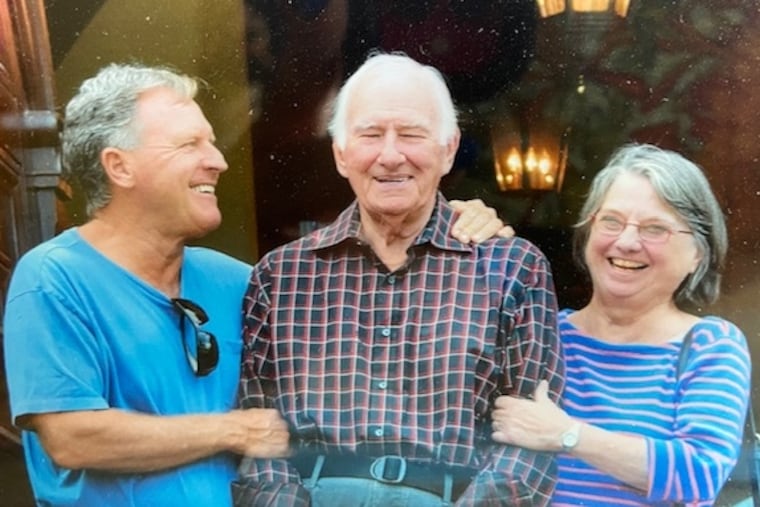John K. Rauch, celebrated architect and cofounder of Venturi & Rauch, has died at 91
He was pragmatic, diplomatic, and adept at organizing finances and construction schedules. So he was in charge of the architectural firm's day-to-day operations. He was also a talented painter.
